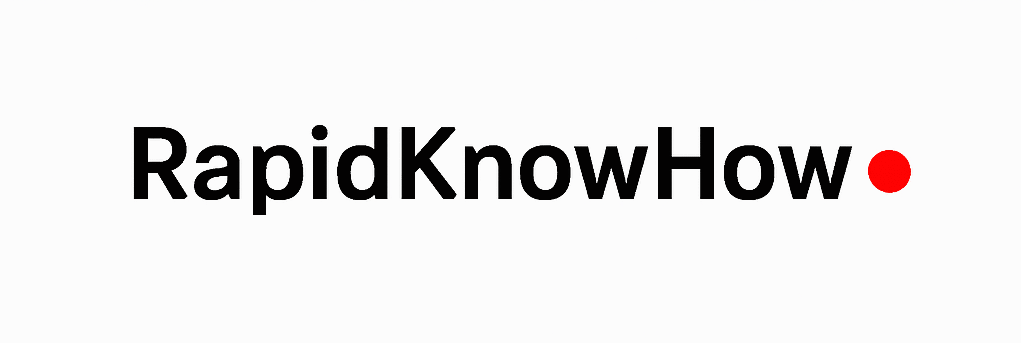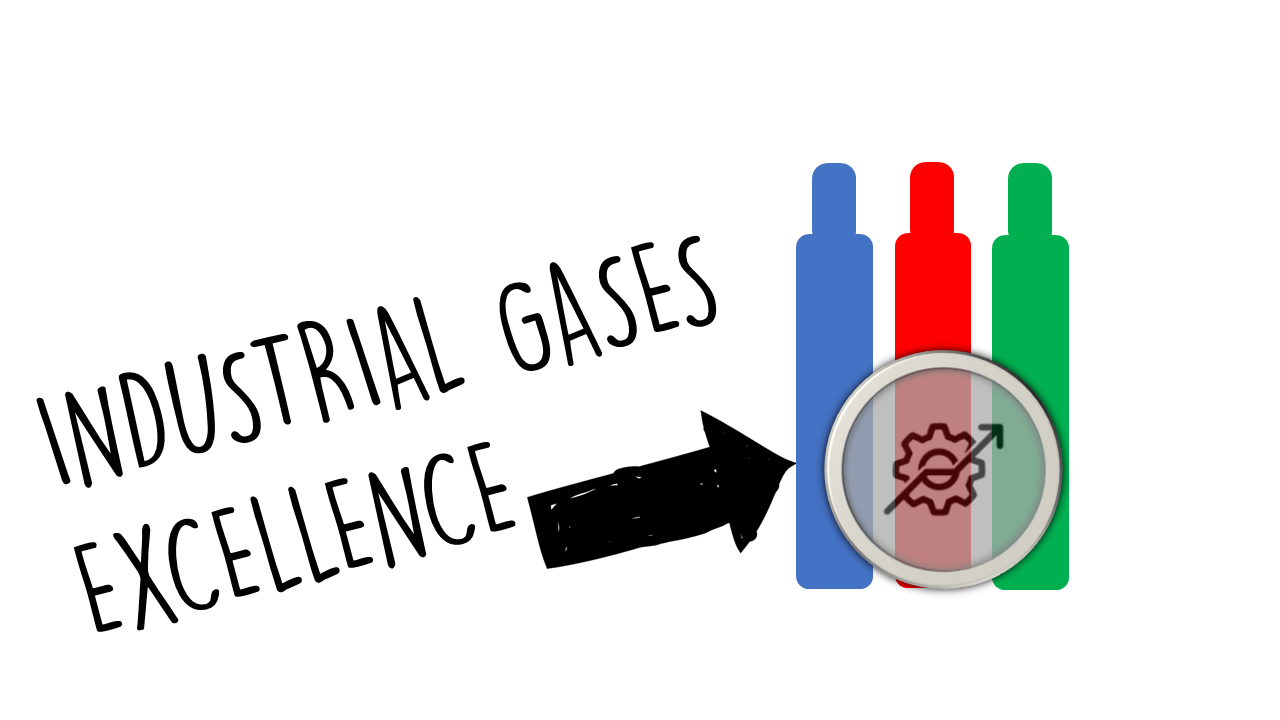Creating and applying Predictive Sales Algorithms means using data and AI to forecast future sales, customer behavior, and revenue potential—so businesses can take strategic actions before competitors react.
🎯 Goal
To move from reactive selling to predictive, proactive, and profitable selling using AI-Driven Algorithms.
🚀 Strategic Flow: From Idea to Predictive Sales Engine
1️⃣ Define the Purpose
What should the Predictive Sales Algorithm achieve?
| Goal | Description |
|---|---|
| Forecast Sales | Predict monthly/quarterly revenue |
| Lead Scoring | Predict which leads will convert |
| Churn Prediction | Identify customers likely to leave |
| Cross & Upsell | Recommend additional products/services |
| Price Optimization | Suggest ideal pricing per customer |
2️⃣ Identify Necessary Data Inputs
Feed your algorithm with high-quality, relevant data.
| Data Type | Examples |
|---|---|
| Customer Data | Industry, revenue, company size, engagement |
| Transaction Data | Purchase value, frequency, product type |
| Behavioral Data | Website visits, email opens, call logs |
| Market Data | Competitor pricing, economic indicators |
| Sales Team Data | Salesperson success rates, response time |
Key Principle:
👉 Better data > better algorithm.
3️⃣ Build the Core Predictive Model
Use machine learning models that learn patterns and predict future outcomes.
| Model Type | Best Use Case |
|---|---|
| Linear Regression | Basic revenue forecasting |
| Random Forest | Lead scoring and price prediction |
| Gradient Boosting (XGBoost) | Cross-selling & churn prediction |
| Time-Series Models (ARIMA, Prophet) | Sales forecasting over time |
| Neural Networks (LSTM, RNN) | Complex behavioral predictions |
4️⃣ Train, Test, and Validate
Split your data into:
- Training Set (70%)
- Testing Set (30%)
Evaluate prediction accuracy using:
| Metric | Purpose |
|---|---|
| MAE | How far off predictions are (absolute) |
| RMSE | Penalizes big prediction errors |
| ROC-AUC | Best for lead/churn classification |
| Precision/Recall | For conversion predictions |
5️⃣ Activate the Predictive Sales Engine (Application Layer)
The algorithm becomes powerful only when integrated into real business actions:
| Predictive Output | Strategic Action |
|---|---|
| Customer X will buy in 14 days | Launch targeted outreach |
| Customer Y will churn | Activate retention call or discount |
| Customer Z likely to upsell | Offer bundle or premium upgrade |
| Best closing probability: Friday 11:00 | Schedule CRM alerts |
6️⃣ Deploy inside Business Systems
Connect RapidKnowHow’s algorithm to your current systems:
| Business System | Integrations |
|---|---|
| CRM (Salesforce, HubSpot) | Lead scores directly in dashboards |
| ERP System | Demand forecasting and inventory alignment |
| Marketing Automation | Targeted email sequences |
| Pricing Engine | AI-Powered dynamic pricing |
| PowerBI/Tableau | Predictive dashboards |
📊 Predictive Sales Algorithm = Formula in Action
PSA (Predictive Sales Algorithm) =
(Customer Buying Signal Score) × (Timing Probability) × (Price Conversion Factor)
Where:
- Buying Signal Score = Based on behavior and purchase history
- Timing Probability = Based on seasonality, budget cycle
- Price Conversion Factor = Based on elasticity and willingness to pay
🧠 Advanced: ROICE-Driven Predictive Sales (Your Proprietary Application)
Use this formula to move from traditional forecast to ROICE-optimized (high-return) predictions:
ROICE Sales Prediction =
(ΔRevenue Potential + ΔEfficiency Gains + ΔInnovation Value) ÷ Investment Time
✳️ Practical Use-Cases to Apply Tomorrow
| Use Case | What It Predicts |
|---|---|
| AI Lead Scoring | Which lead converts fastest |
| Predictive Cross-Selling | What product to offer next |
| AI-Pricing Advisor | Best price range (client-specific) |
| Sales Capacity Forecast | Team planning for peak demand |
| Predictive Subscription Model | Monthly recurring revenue |
🧩 Final: Strategic Roadmap to Apply
| Stage | Outcome |
|---|---|
| Stage 1 | Collect, clean, label data |
| Stage 2 | Build and test predictive model |
| Stage 3 | Integrate into CRM/ERP |
| Stage 4 | Deploy real-time dashboards |
| Stage 5 | Automate strategic actions |
| Stage 6 | Measure ROICE, improve continuously |
🔑 Summary in One Sentence
Predictive Sales Algorithms turn selling from guesswork to proactive strategy by using AI to forecast buying behavior, timing, and willingness to pay—delivering faster, higher, and more cost-efficient revenue.– Josef David
Predictive Sales Algorithm Template
Use this template to define, test, and apply a simple Predictive Sales Algorithm. Customize labels, factors, and interpretations for your sector.
List the data fields that feed your algorithm. This section is a documentation template; connect it later to your CRM / data warehouse.
| Field Name | Source System | Type | Description |
|---|---|---|---|
| Last Website Visit | Web Analytics | Behavioral (Date/Time) | Time since last visit in days. |
| Number of Offers Sent | CRM | Transactional (Integer) | How many offers were sent to this customer. |
| Past 12M Revenue | ERP | Financial (Currency) | Total revenue from customer in the last 12 months. |
| Sales Interaction Score | CRM | Score (0–100) | Composite indicator: calls, meetings, replies. |
Tip: Replace the example rows with your own fields. This table clarifies which data your Predictive Algorithm should use.
This simple template uses three factors. You can rename them and adjust their contribution (weights). Values are scores from 0–100; weights are from 0.0–1.0.
Factor 1
Factor 2
Factor 3
Interpretation example: 0–49 = Low, 50–74 = Medium, 75–100 = High predictive score. You can adjust this in the business rules below.
Score: – / 100 · Segment: –
Configure factors above and click “Calculate Predictive Score”.
Score Bands & Actions
| Score Band | Meaning | Action |
|---|---|---|
| 75–100 | High Probability | Personal outreach within 24h; custom proposal; management visibility. |
| 50–74 | Medium Probability | Standard outreach cadence; nurture with case studies and ROI examples. |
| 0–49 | Low Probability | Automated campaigns only; monitor for new buying signals. |
Key Performance Indicators
- Prediction accuracy (e.g. % of High segment that actually buys)
- Sales cycle time reduction
- Win rate improvement vs. baseline
- Incremental revenue from prioritized leads
Improvement Ideas
Industrial Gas SmartQualifier™
AI-Powered Lead Qualification for Bulk, Cylinder, Medical Oxygen & BaaS Contracts
Step 1 · Contact & Lead Data
Step 2 · Lead Qualification Calculator
Rate the lead based on your knowledge. AI will refine these values over time.
Awaiting lead assessment…
Step 3 · Recommended Next Move
| Score Range | Classification | Recommended Action |
|---|---|---|
| 80–100 | Strategic Conversion Lead | Invite to BaaS/On-Site Strategy Call |
| 60–79 | High Conversion Lead | Proposal for Bulk/Cylinder Contract |
| 40–59 | Medium Potential Lead | Send ROI Gas Supply Case Study |
| 0–39 | Monitor / Educate | Email automation – wait for renewal point |





